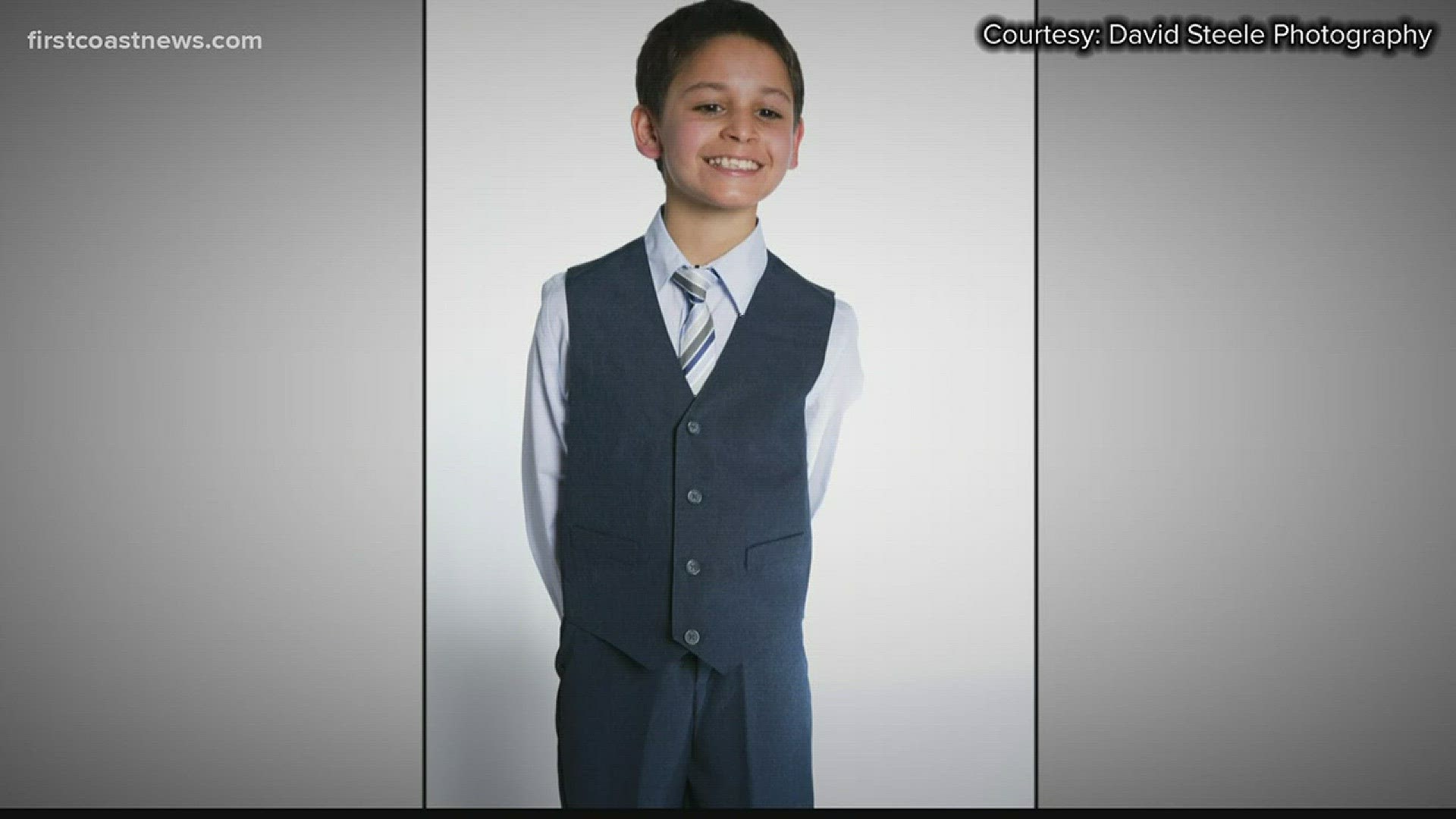You probably know someone who met their spouse or significant other on a dating site. Now, the technology that was first used to match singles through dating sights, is being used to help match families with children in foster care.
Think eHarmony but for adoption. It’s called Family-Match and it uses technology created by two former lead researchers for the dating site.
There are more than 800 children in foster homes across the state of Florida waiting to be a part of their own forever family.
"Our goal is to improve and transform the lives of current and former foster children," said Ashley Brown, founder of Selfless Love Foundation, a non-profit which helps to enrich foster children's lives.
"It uses this compatibility assessment algorithm and it matches attributes of a family with attributes of a foster child," says Brown.
This can be as simple as wanting the child to look like the adoptive parents, but also dives deeper into parenting styles or how a child or family shows affection. Ashley, a byproduct of adoption herself, says something needs to be done about the number of kids sitting in foster care.
So, Selfless Love Foundation partnered up with organization Adoption-Share to bring the Family-Match technology to the state of Florida.
“There is a sad reality that exists today, that there are families right now, who are approved to adopt and are waiting in many cases just as long as children are waiting to be adopted. Family-Match is flipping the script on how to match children with waiting families by focusing on our only solution to solving the chronic and widespread problem of children never achieving permanency and that is by focusing on our families.” Thea Ramirez, Founder and CEO Adoption-Share
"Obviously, the state of Florida does a great job now of getting these children adopted but I think we can do a better job. And I think the technology is the answer," says Brown.
She says typically, children get adopted within their own community. But having this database all over the state of Florida will open up the pool of possible families.
"Oftentimes the families are waiting just as long to be matched with a child as a child is waiting to find a family," said Dr. Elizabeth Wynter, the Executive Director of the Selfless Love Foundation.
"If you have a child who is very shy and they're not demonstrative in how they show affection, and then you have a parent, say a mother, who needs that affirmation of 'I'm a good mom, you love me, you hug me' and you have a child who's very shy, if the mother is not sensitive to that, they're going to have a difficult time bonding," said Wynter.
Brown and Wynter originally wanted to start with a smaller pilot program, but they realized the impact they could have on children throughout the entire state.
"Anytime you have an opportunity to change one child's life, why not change the life of the children across the state? So, that's sort of the path we set down, how can we make a difference with the system, with the process of adoption to make it easier for families to find the kids," said Brown.
Right now, they're starting with getting families on board. In a few months, they'll work with the state agencies to get the children in the database as well.
"What that does is it lets a child breathe again. And it gives them that sense of peace. And from peace, you can grow and develop and feel good and safe and loved. And, isn't that what we all want? Is to feel loved," said Wynter.
Home Study approved families wanting to adopt a child from Florida’s foster care system are invited to create a profile and complete a compatibility assessment.
Once the application is fully launched in Summer 2 018, a matching algorithm runs nightly, allowing workers across Florida to identify your family as a potential match for a waiting child.
The family receives an inquiry from a placement worker in Florida to explore matching you with a waiting child.
If the family accepts the match, the child is placed in the home and families complete brief post placement assessments at 1 month, 3 months, 6 months, and 12 months after placement.

